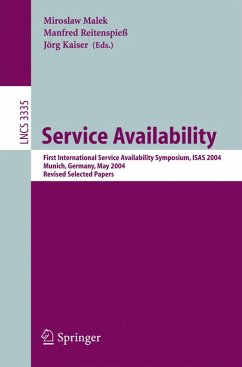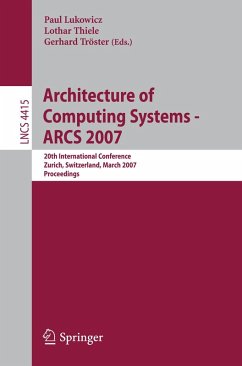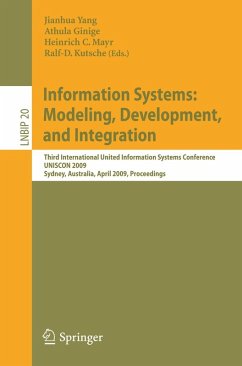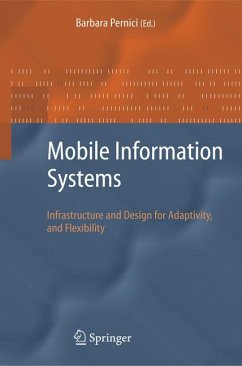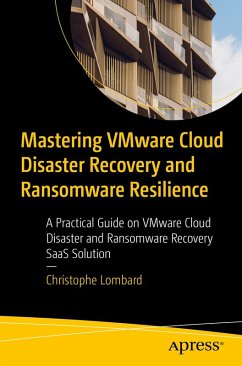
High Availability and Disaster Recovery (eBook, PDF)
Concepts, Design, Implementation
Versandkostenfrei!
Sofort per Download lieferbar
40,95 €
inkl. MwSt.
Weitere Ausgaben:

PAYBACK Punkte
20 °P sammeln!
The author presents concrete concepts on how to increase the reliability of IT systems, drawing on many years of concrete experience in the development of highly available systems. Increasingly, mission critical business processes are IT-based. Redundancy can and should be implemented on different abstraction levels: from the hardware, the operating system and middleware components up to the backup computing center in case of a disaster. This book presents requirements, concepts, and realizations of redundant systems on all abstraction levels, with all examples referring to UNIX and Linux Syst...
The author presents concrete concepts on how to increase the reliability of IT systems, drawing on many years of concrete experience in the development of highly available systems. Increasingly, mission critical business processes are IT-based. Redundancy can and should be implemented on different abstraction levels: from the hardware, the operating system and middleware components up to the backup computing center in case of a disaster. This book presents requirements, concepts, and realizations of redundant systems on all abstraction levels, with all examples referring to UNIX and Linux Systems.
Dieser Download kann aus rechtlichen Gründen nur mit Rechnungsadresse in A, B, BG, CY, CZ, D, DK, EW, E, FIN, F, GR, HR, H, IRL, I, LT, L, LR, M, NL, PL, P, R, S, SLO, SK ausgeliefert werden.



